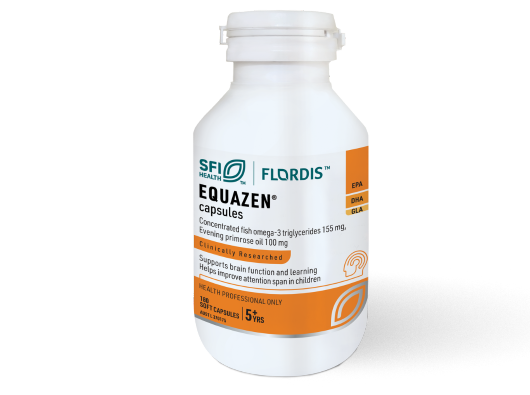Essential Fatty Acids in history
Dietary fats are part of our everyday diet. They belong to a larger group of compounds called lipids. Lipids help build our cell membranes and are vital to our central nervous system – making up about 50-60% of the weight of our brain.5
Of these brain lipids, approximately 35% are made up of polyunsaturated fatty acids (PUFAs), which include the omega-3 essential fatty acids, EPA and DHA and omega-6 essential fatty acid, GLA. 5
These essential fatty acids (EFAs) are PUFAs that may not be made or stored by your body and it is therefore recommended to be provided through our diet.6 Over the years, fish oil has been recognised as a rich and important source of omega-3s (EPA and DHA) while evening primrose oil contains a natural source of omega-6 (GLA).
These EFAs are known to play important biological roles, being structural and functional components of cell membranes and research suggests they have a profound influence in the development of the central nervous system, brain and neuronal function. 6



